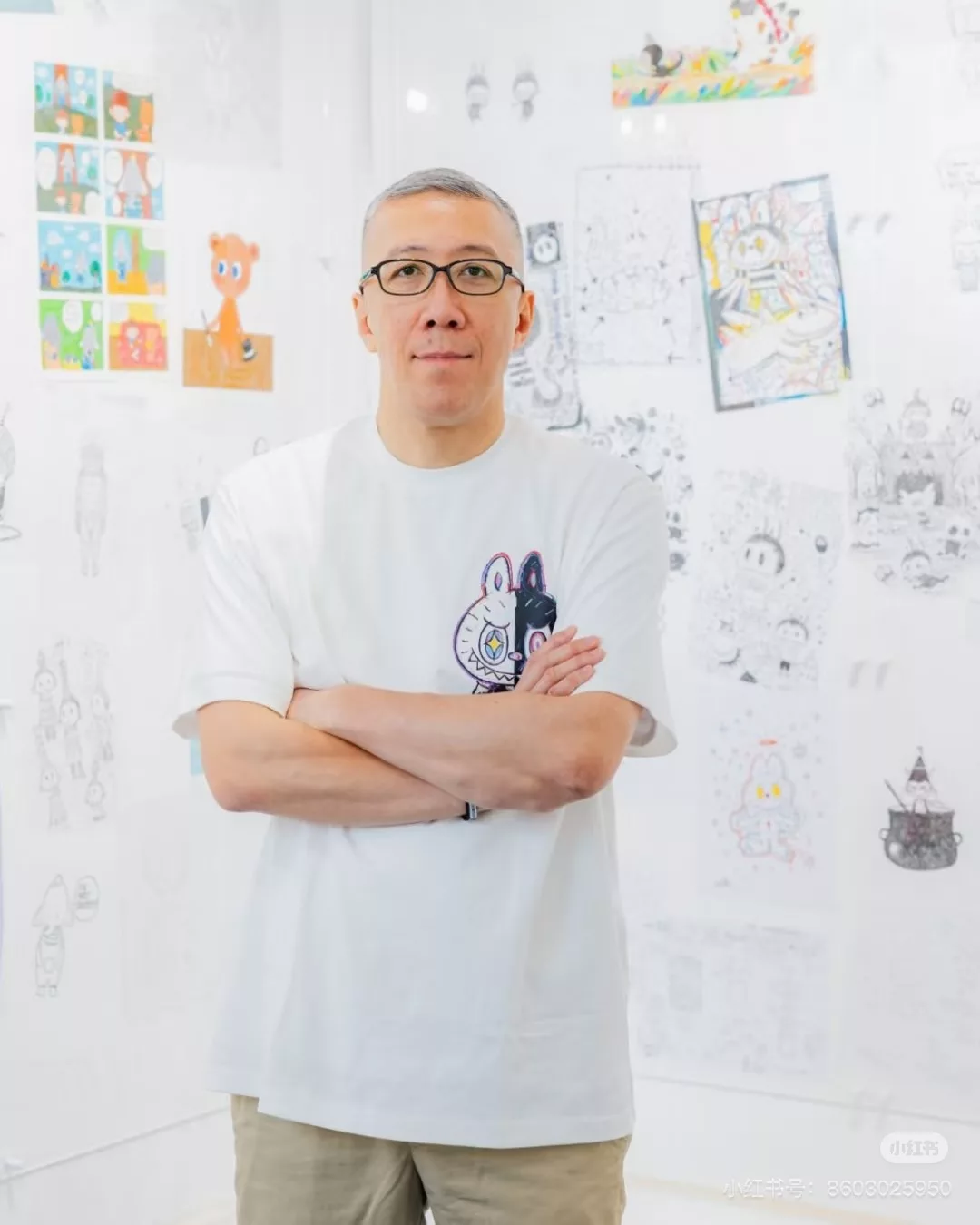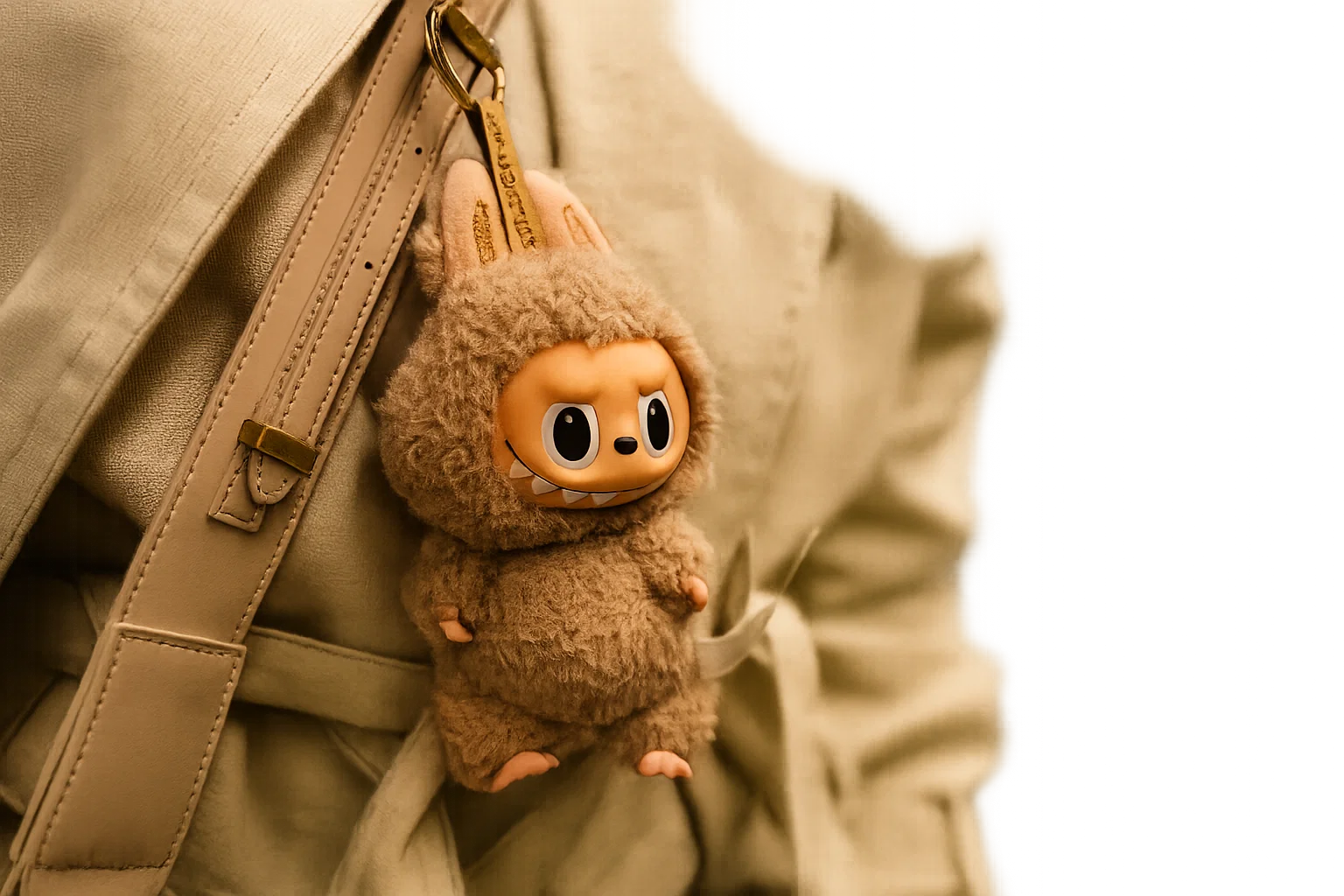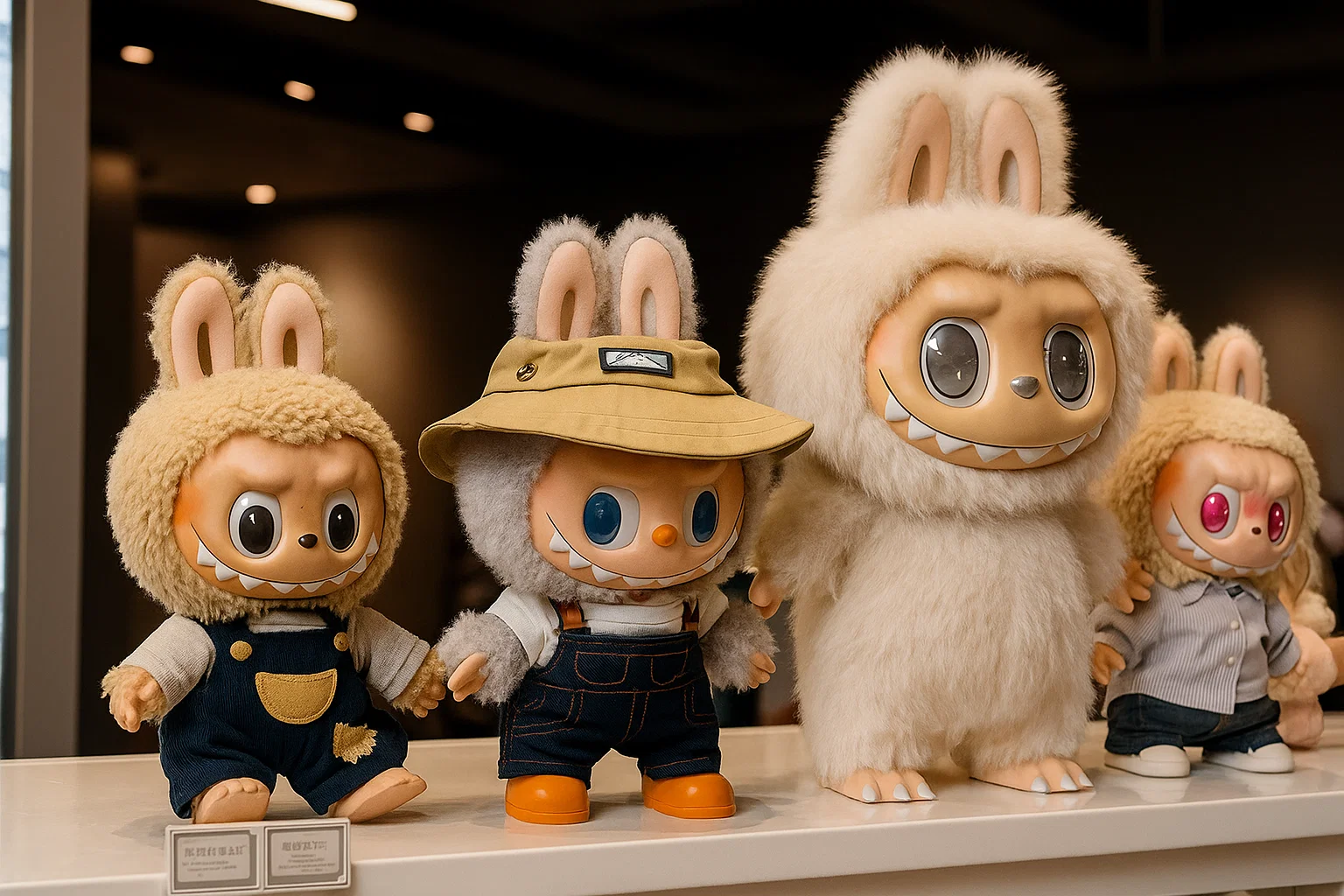Labubu: How a Whimsical Toy Became a Global Business Phenomenon
When a mischievous, wide-eyed figure named Labubu began popping up in fashion shows, collector’s forums, and even nestled in luxury handbags carried by deisgners such as Marc Jacobs, it was clear something remarkable was happening. Far from being just another designer toy, Labubu has become a cultural phenomenon and a case study in building brand loyalty, marketing success, emotional connection, and business value across borders.
At GBSB Global Business School, Professor at Master in Fashion and Luxury Business Management Donika Serafimova recently guided students through the “Labubu x Pop Mart” phenomenon, revealing the strategies that transformed a quirky intellectual property (IP) into a multimillion-dollar enterprise. “What we’re seeing here,” she explained, “is not just smart product marketing—it’s a reinvention of what consumer engagement can look like when you build an immersive world around a brand.”



From Artist’s Sketch to IP Goldmine
Labubu is a line of collectible, designer, plush toy monsters created by Kasing Lung, a Hong Kong–born illustrator known for his emotionally rich, gothic, and cute visual language.
The character was first introduced in 2015 through figurines made by How2Work. However, in 2019, a major change occurred. Labubu transitioned from a niche art toy to a global icon via Pop Mart, a Beijing-based Chinese companythat specializes in designer toys and mass-market collectible platforms. Pop Mart licensed the IP and began mass-distributing Labubu through blind boxes and global vending machines, preserving its “soulful weirdness” in every iteration. This artistic authenticity became a cornerstone of the brand’s identity.
In 2024, Labubu’s “adorable furry monsters,” as defined by The New York Times, gained huge popularity in Asia, the US, and Europe, achieving extraordinary commercial success. The numbers speak for themselves.
Pop Mart’s revenue from Labubu in 2024 exceeded 796 million euros (or 70 million USD), accounting for 23% of the company’s total revenue. Plush toy sales increased by 1,289% year over year. Rare Labubu figures have been auctioned for over $150,000. IP monetization now spans toys, fashion, museum art, and collectibles.
What is behind the Labubu fever? Professor Donika Serafimova answers this question and reveals the key mechanisms behind this success.
The Blind Box Model: Gamification Meets Scarcity
Labubu thrives in Pop Mart’s blind box model, in which buyers don’t know which figure they’ll receive. This format mimics casino mechanics by delivering suspense that triggers the release of dopamine and encourages repeat purchases. “It’s essentially gamified retail,” noted Serafimova, “a loop of surprise, emotional attachment, and social sharing.”
Fans spend thousands of dollars to complete sets. Limited editions and secret rarities create a sense of urgency, driving up resale values to as much as 50 times the retail price. Meanwhile, regulators in China and Japan have taken note, drawing parallels to gambling.
Fashion Credibility and Cultural Crossover
Pop Mart didn’t stop at fandom; they also courted the fashion elite. Labubu has collaborated with brands like Coca-Cola, One Piece, Naruto, and Vans, tapping into anime, nostalgia, and streetwear subcultures. The Coca-Cola x Labubu collection received over 78 million views on social media, and Marc Jacobs was photographed carrying a Labubu as if it were a Birkin-grade item. “That’s fashion legitimacy,” said Serafimova.
From runway cameos to designer accessories, Labubu has blurred the line between toy and statement piece, character brand and wearable IP. Streetwear exclusivity met fine art collectibility—and the market responded.
Community-First Marketing
What is one of the most powerful engines behind Labubu’s rise?
Its fan-driven ecosystem. Collectors share unboxing videos, create fan art, and fuel viral hashtags like #LabubuUnboxing and #LabubuHunt. Facebook groups, Discord servers, and TikTok challenges serve as unpaid marketing engines.
As Serafimova emphasized: “Labubu didn’t just sell products. It sold identity. Fans don’t just buy the figure; they join the story and invest in the long term. A product that sells well and can be resold at a higher price in the aftermarket creates a community of collectors who ensure its long-term success.”
Takeaways for Student Community
The Labubu case study offers GBSB Global students a masterclass in modern branding, spanning fashion, marketing, and entrepreneurship. Among the key lessons are:
- Build emotional value first — products must tell stories.
- Monetize holistically — not just toys, but also fashion, digital assets, and lifestyle narratives.
- Empower community — your customers can be your best marketers.
- Protect authenticity — by collaborating with artists without compromising brand soul.
As Serafimova concluded, “Labubu is proof that creativity is the ultimate currency. In today’s market, brand ecosystems matter more than product features.”
GBSB Global continues to bring cutting-edge industry cases to the classroom, training students to think globally, act creatively, and build the brands of tomorrow.
Related programs
Online Bachelor of Business Administration and Digital Innovation with Fashion & Luxury Business Management
Duration
Full Time – 3 Years
Location
Annual Intakes
Bachelor of Business Administration and Digital Innovation with Fashion & Luxury Business Management in Madrid
Duration
Full Time – 2 + 1 Year Part Time – 4 Years + Up to 2 Years
Location
Annual Intakes
Online Master in Fashion and Luxury Business Management
Duration
9 months
Location
Annual Intakes
Master in Fashion and Luxury Business Management in Madrid
Duration
9 months